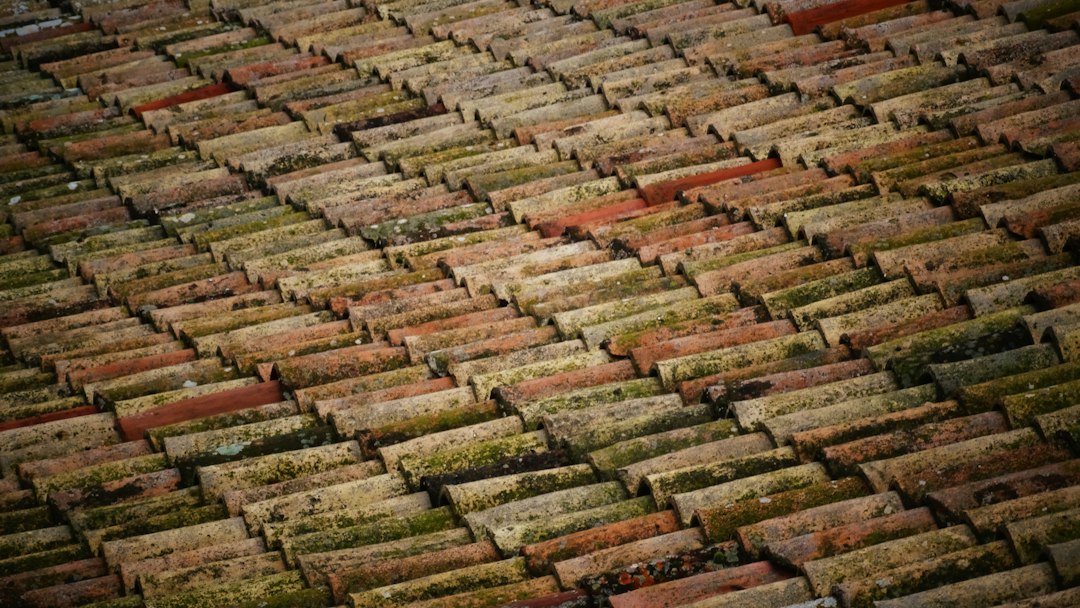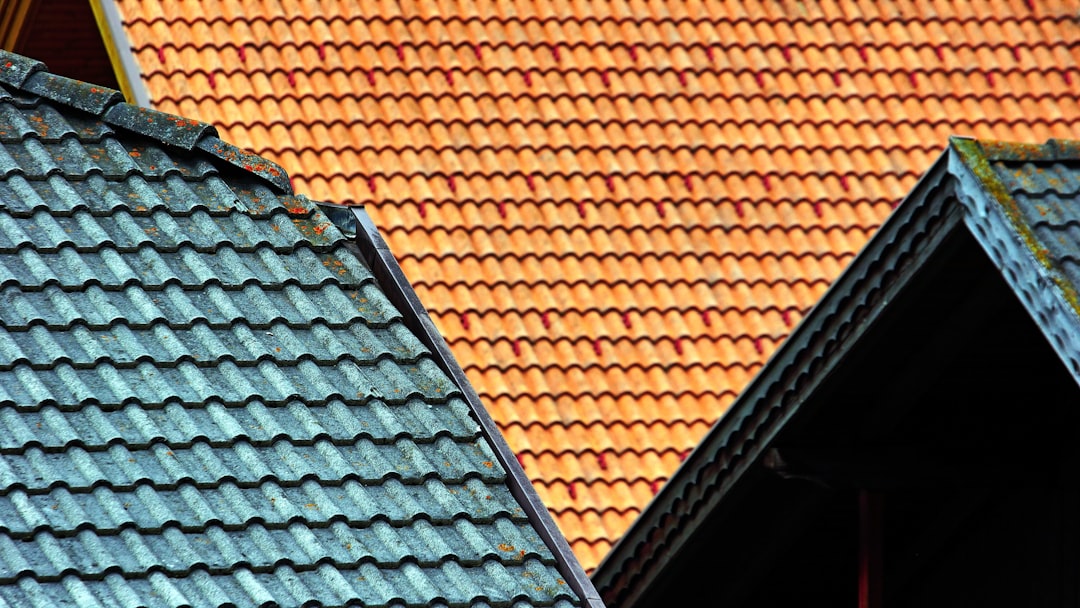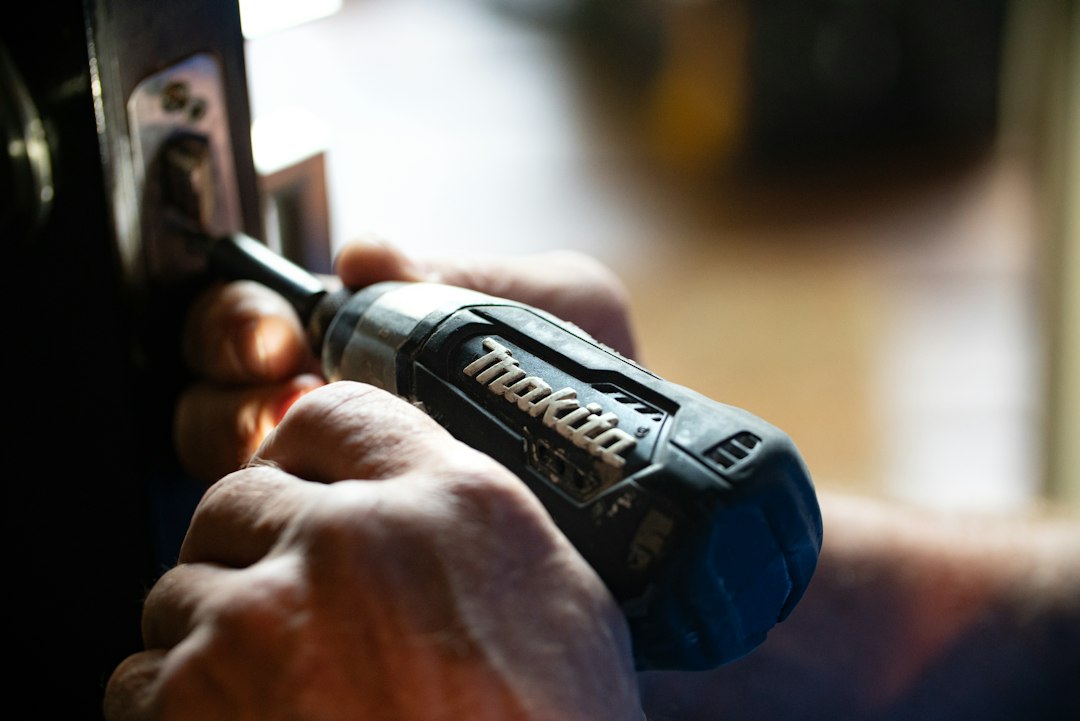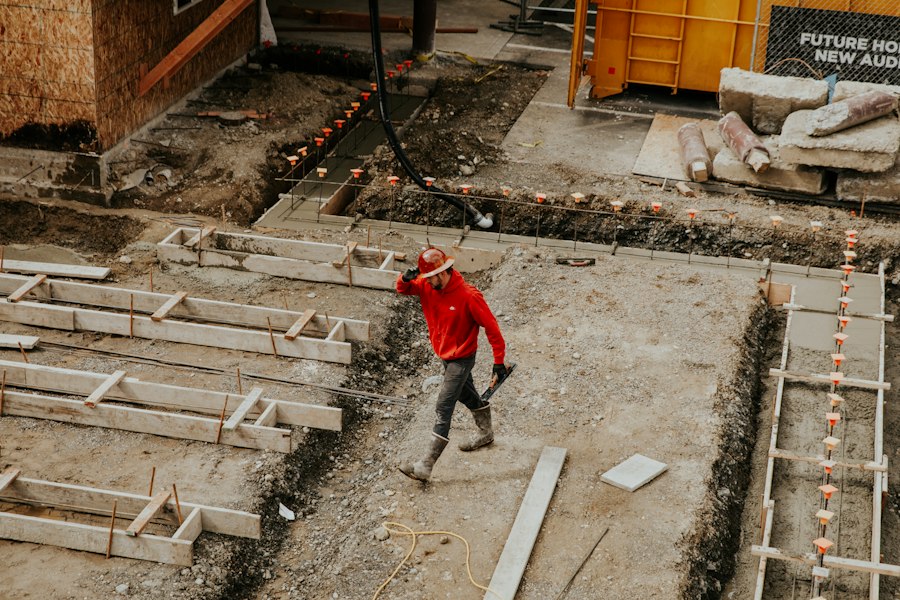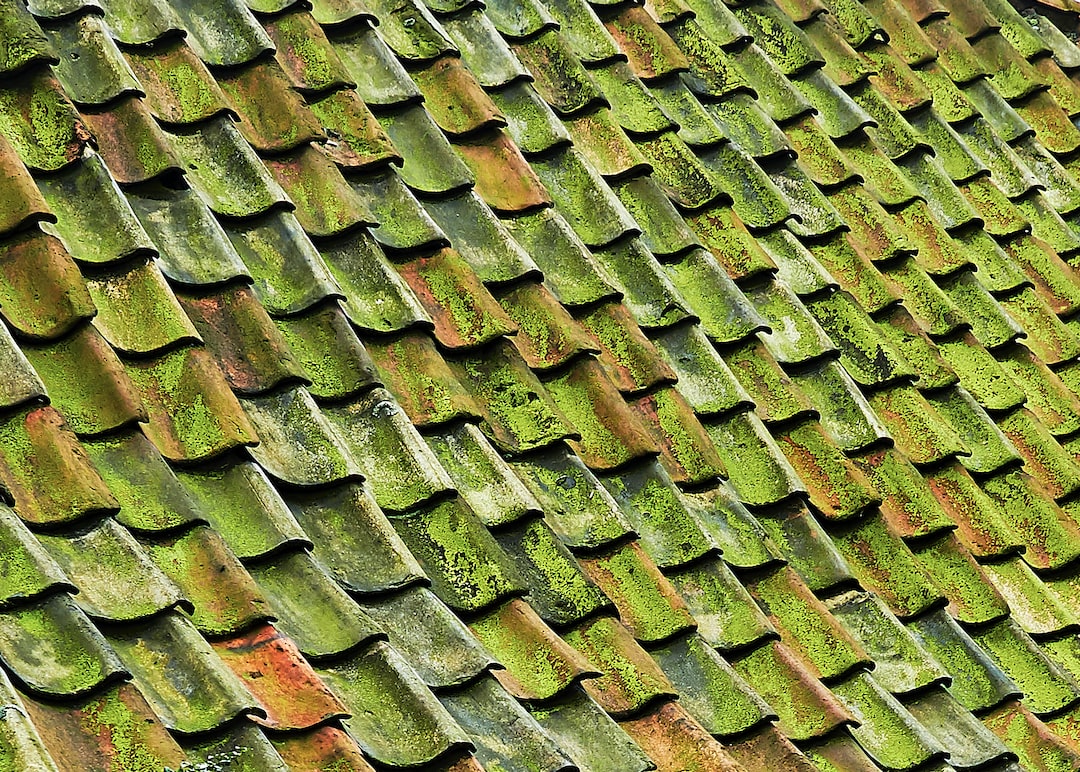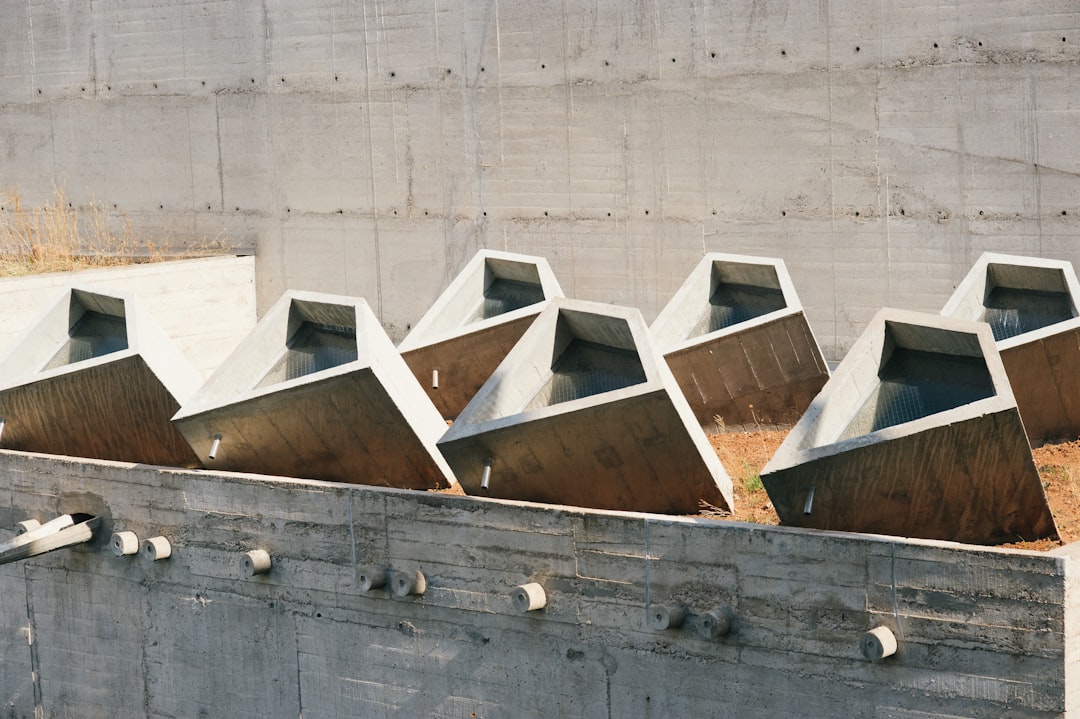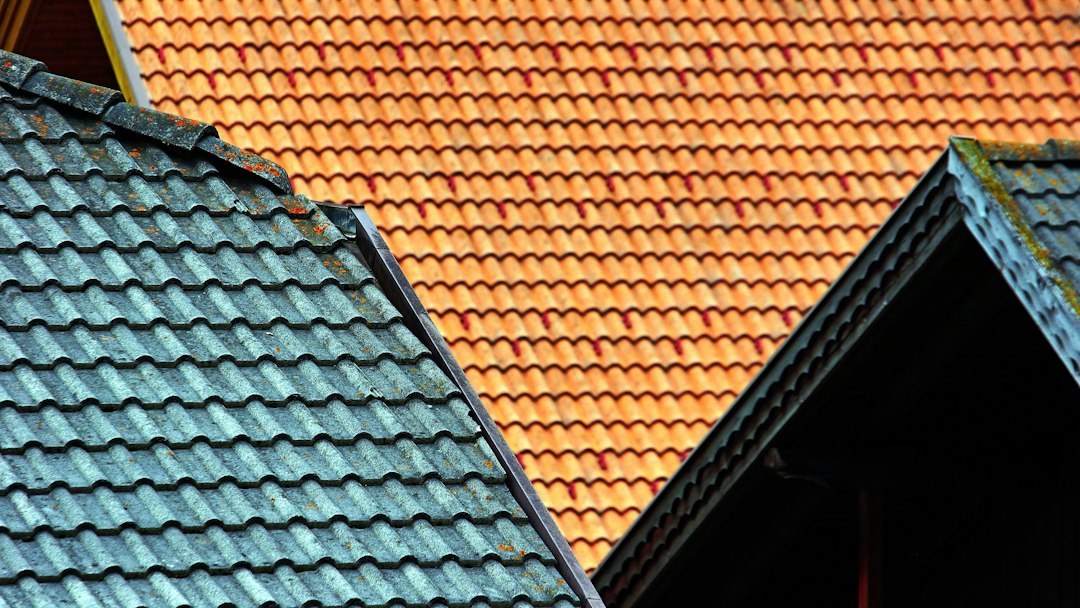Understanding roofing insurance claims is crucial for homeowners to navigate the process effectively and ensure they receive the coverage they are entitled to. From documenting damage to negotiating with insurance companies, there are many steps involved in filing a successful roofing insurance claim. In this comprehensive blog post, we will delve into the intricacies of roofing insurance claims, providing valuable insights and tips to help homeowners through each stage of the process.
Key Takeaways
- Understanding the basics of roofing insurance claims is crucial for homeowners to protect their property and finances.
- Documenting damage with photos and detailed notes can increase the chances of a successful claim.
- After a roofing disaster, homeowners should prioritize safety, contact their insurance company, and document all damage.
- Choosing the right contractor with experience in roofing insurance claims can make the process smoother and more efficient.
- Insurance adjusters play a key role in the claim process, but homeowners should also advocate for themselves and their needs.
- Common mistakes to avoid when filing a roofing insurance claim include waiting too long, not understanding policy coverage, and not providing enough documentation.
- Navigating the claims process can be complex, but homeowners should expect communication and transparency from their insurance company.
- Maximizing coverage may require negotiating with the insurance company and providing additional documentation or estimates.
- If a claim is denied or disputed, homeowners have the right to appeal and should seek legal advice if necessary.
- After a roofing insurance claim is settled, homeowners can move forward with repairs and restoration to restore their property.
Understanding the Basics of Roofing Insurance Claims
Roofing insurance claims refer to the process of seeking coverage from an insurance company for damage to your roof caused by covered perils such as storms, hail, or fire. It is essential to understand the types of coverage included in your policy, which typically include dwelling coverage for the structure of your home, personal property coverage for belongings inside your home, and liability coverage for injuries or property damage caused by your property. However, it’s important to note that most insurance policies have exclusions, such as wear and tear, neglect, and certain natural disasters like floods or earthquakes.
Documenting Damage: Tips for a Successful Claim
Documenting damage is a critical step in the roofing insurance claims process as it provides evidence to support your claim and ensure you receive fair compensation. To effectively document damage, start by taking photos and videos of the affected areas from multiple angles. Make detailed notes of the date and time of the damage, as well as any relevant information such as weather conditions at the time. Additionally, keep all receipts and invoices related to repairs or temporary fixes. By thoroughly documenting the damage, you can strengthen your claim and increase the likelihood of a successful outcome.
Steps to Follow After a Roofing Disaster
In the aftermath of a roofing disaster, safety should be your top priority. Ensure everyone in your household is safe and secure before assessing the damage to your roof. Once it is safe to do so, contact your insurance company to report the damage and initiate the claims process. Provide them with all necessary documentation and information to expedite the process. In the meantime, consider making temporary repairs to prevent further damage, such as covering exposed areas with tarps or plywood. Keep all receipts for these temporary repairs as they may be reimbursable by your insurance company.
Choosing the Right Contractor for Your Roofing Insurance Claim
Selecting the right contractor for your roofing insurance claim is crucial to ensuring quality repairs and a smooth claims process. A reputable contractor will have experience working with insurance companies and be able to navigate the complexities of the claims process on your behalf. When choosing a contractor, look for credentials such as licensing and insurance, as well as positive reviews from past clients. Be wary of contractors who pressure you into signing contracts or ask for full payment upfront, as these are red flags indicating potential scams.
The Role of Your Insurance Adjuster in the Claim Process
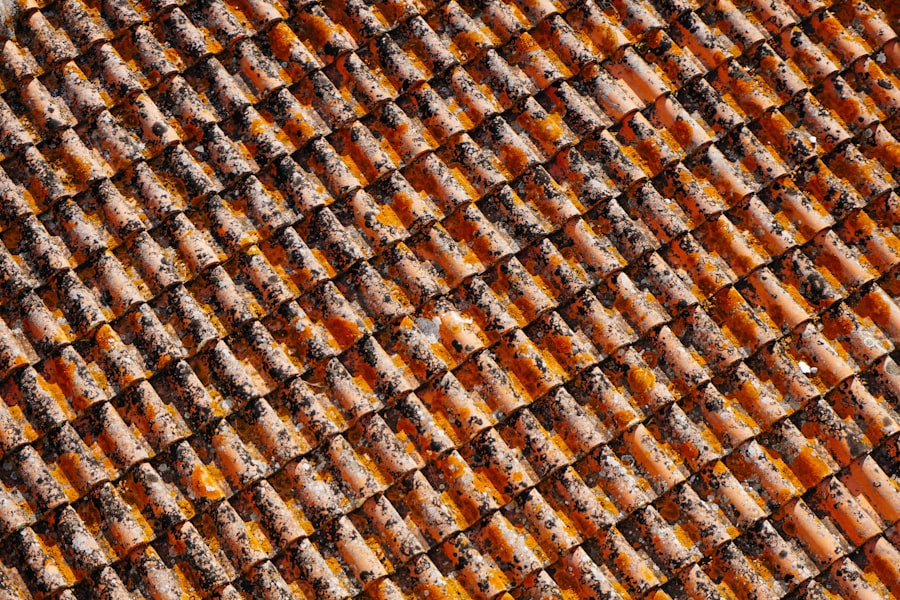
An insurance adjuster is a representative from your insurance company responsible for assessing the damage to your roof and determining the amount of compensation you are entitled to receive. When working with an insurance adjuster, it’s essential to provide them with all necessary documentation and cooperate fully during their inspection. Be prepared to answer any questions they may have about the damage or repairs needed. While adjusters work for the insurance company, it’s important to remember that you have the right to hire a public adjuster or seek a second opinion if you feel your claim is being undervalued.
Common Mistakes to Avoid When Filing a Roofing Insurance Claim
When filing a roofing insurance claim, there are several common mistakes that homeowners should avoid to ensure a successful outcome. These include waiting too long to report the damage, failing to document the damage thoroughly, not understanding their policy coverage, and accepting the first settlement offer without question. To avoid these mistakes, be proactive in reporting damage, document everything meticulously, review your policy carefully, and consider seeking professional advice if needed.
Navigating the Claims Process: What to Expect
The claims process can vary depending on the complexity of the damage and your insurance company’s policies. Typically, it involves filing a claim with your insurer, having an adjuster assess the damage, receiving an estimate for repairs, negotiating with the insurance company if necessary, and finally receiving payment for repairs or replacement. Throughout this process, communication with your insurer is key to staying informed about the status of your claim and addressing any concerns or questions that may arise.
Maximizing Your Coverage: Negotiating with Your Insurance Company
Negotiating with your insurance company can help maximize your coverage and ensure you receive fair compensation for roof repairs or replacement. Start by gathering evidence such as estimates from contractors, receipts for temporary repairs, and documentation of the damage. Present this information to your insurer and be prepared to negotiate if their initial offer does not cover all necessary repairs. Stay firm but polite during negotiations and consider seeking assistance from a public adjuster if needed.
Dealing with Denials and Disputes: How to Appeal Your Roofing Insurance Claim
If your roofing insurance claim is denied or disputed by your insurer, don’t lose hope – you have options for appeal. Review the denial letter carefully to understand why your claim was rejected and gather additional evidence to support your case. Present this information in writing to your insurer along with a formal appeal letter outlining why you believe your claim should be approved. If necessary, seek legal advice or hire a public adjuster to assist with the appeals process.
Moving Forward: Repairs and Restoration After a Roofing Insurance Claim
Once your roofing insurance claim has been approved and you have received compensation from your insurer, it’s time to focus on repairs and restoration. Choose a reputable contractor with experience in roof repairs and replacement to ensure quality workmanship and lasting results. Obtain multiple estimates from contractors before making a decision and verify their credentials before signing any contracts. Throughout the repair process, stay in communication with your contractor and address any concerns promptly to ensure a successful restoration.
In conclusion, navigating roofing insurance claims can be complex but with proper understanding and preparation, homeowners can successfully file claims and receive fair compensation for roof damage. By documenting damage thoroughly, choosing reputable contractors, working effectively with insurance adjusters, avoiding common mistakes, negotiating with insurers when necessary, appealing denials or disputes when needed, and focusing on quality repairs and restoration – homeowners can navigate the claims process with confidence and achieve satisfactory outcomes for their roofing insurance claims.
By following these steps and staying informed throughout the process, homeowners can ensure that their roof is repaired or replaced in a timely manner, protecting their property and investment. It is important for homeowners to remember that they have rights and options when it comes to roofing insurance claims, and by being proactive and diligent, they can maximize their chances of a successful outcome. Ultimately, by taking the necessary steps and being prepared, homeowners can navigate the complexities of roofing insurance claims with ease and peace of mind.
If you’re looking for expert advice on roofing installation, check out the article “Mastering the Art: The Ultimate Guide to Roofing Installation for a Durable and Beautiful Roof.” This comprehensive guide provides valuable insights and tips to ensure your roof is not only functional but also aesthetically pleasing. Whether you’re considering a roof replacement or simply want to enhance your current roofing system, this article is a must-read for homeowners looking to elevate their property’s curb appeal.
FAQs
What is roofing insurance?
Roofing insurance is a type of insurance that covers damages to your roof caused by natural disasters, such as hail, wind, and rain.
What is a roofing insurance claim?
A roofing insurance claim is a request made to your insurance company to cover the cost of repairing or replacing your damaged roof.
What should I do if my roof is damaged?
If your roof is damaged, you should contact your insurance company as soon as possible to file a claim. You should also take photos of the damage and make temporary repairs to prevent further damage.
What information do I need to provide when filing a roofing insurance claim?
When filing a roofing insurance claim, you will need to provide your insurance company with your policy number, the date of the damage, a description of the damage, and any photos or videos of the damage.
How long does it take for a roofing insurance claim to be processed?
The length of time it takes for a roofing insurance claim to be processed varies depending on the insurance company and the extent of the damage. It can take anywhere from a few days to several weeks.
Do I need to get multiple estimates for the cost of repairs?
It is recommended that you get multiple estimates for the cost of repairs to ensure that you are getting a fair price. However, some insurance companies may only require one estimate.
What happens if my roofing insurance claim is denied?
If your roofing insurance claim is denied, you can appeal the decision or hire a public adjuster to help you negotiate with your insurance company.

